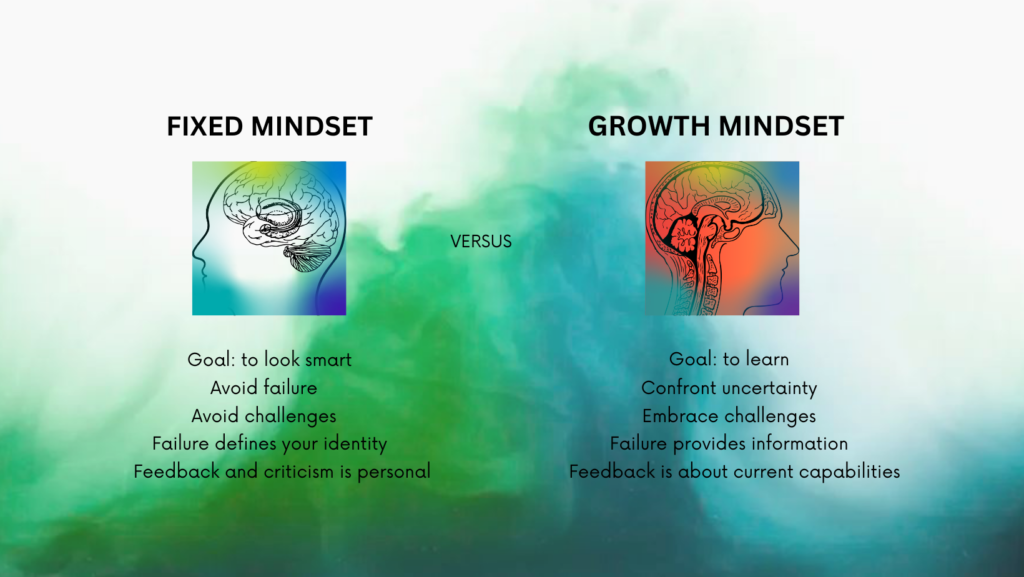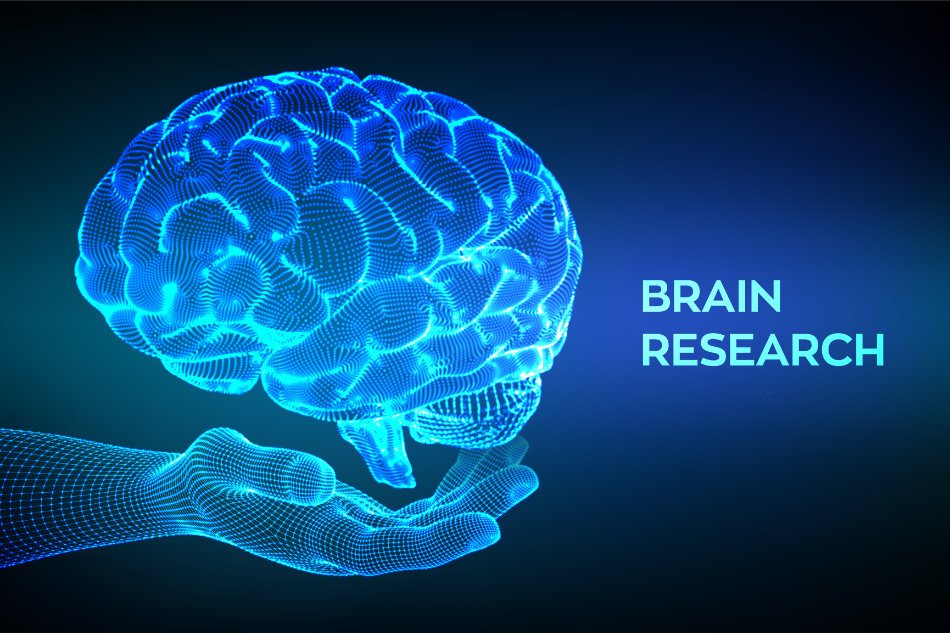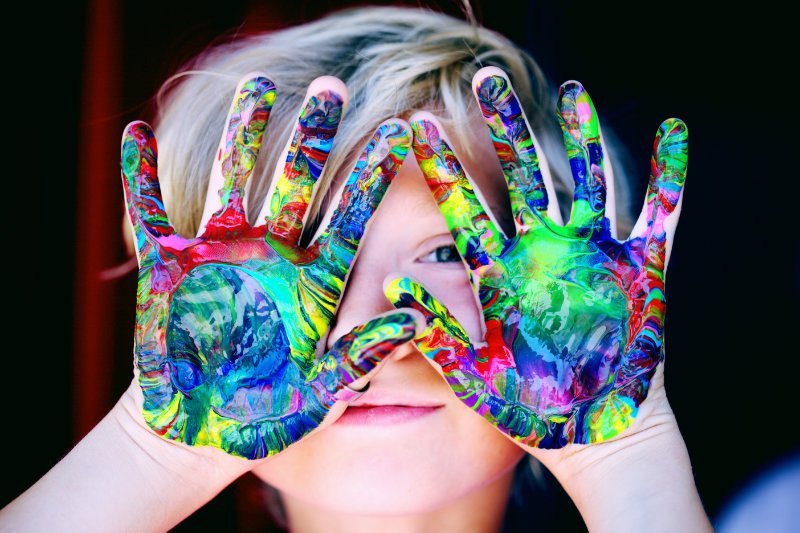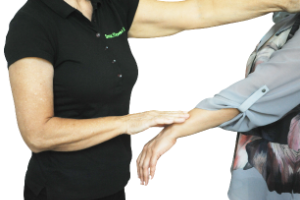New Thinking Required
In an era marked by unprecedented challenges and rapid change, the need for fresh perspectives has never been more pressing. The whirlwind that was 2020 shook the foundations of our lives, prompting a collective introspection and a reevaluation of what truly matters. As we emerge from this tumultuous period, the question arises: Who among us will rise to the occasion with innovative ideas and approaches? Are you prepared to embark on a transformative journey?
The Importance of a Growth Mindset for Change
At the heart of this transformation lies the concept of a growth mindset — the belief that abilities and intelligence can be developed through dedication, effort, and learning. Coined by psychologist Carol Dweck, the growth mindset stands in contrast to a fixed mindset, which says that our abilities are static and unchangeable. A growth mindset, however, encourages you to live up to your potential and flourish, no matter how difficult and complex life is.
Adopting a growth mindset encourages resilience. It fosters a willingness to embrace challenges, learn from feedback, doesn’t give up in the face of setbacks, and comes out stronger. This perspective is not just about achieving success as measured in financial terms alone, but it also allows for personal growth, getting to know yourself, developing your capabilities to the point where you astound yourself.
When we view our experiences, both good and bad, as opportunities for learning, we cultivate emotional resilience. This resilience is critical in helping us cope with stress, uncertainty, and the myriad emotions that arise during difficult times.

So how can you give your gray matter a boost?
To successfully navigate this journey of transformation, we must embrace whole-brain thinking, meaning you need to engage your brain in a new way. This approach involves integrating the functions of both the left and right hemispheres of the brain better. The left hemisphere is still traditionally associated with logic, analytical thinking, and structure, while the right hemisphere is linked to creativity, intuition, and holistic thought. By harmonizing these two modes of thinking, we can achieve a more balanced and effective approach to problem-solving and innovation.
Whole-brain thinking allows us to avoid the pitfalls of overthinking or getting stuck in rigid patterns. When we engage both sides of our brain easily when needed, we open ourselves up to new possibilities and insights. This integrated thinking can lead to finding more innovative solutions, enabling us to adapt and thrive in changing circumstances.
An Interesting Study

http://www.freepik.com”> Designed by iuriimotov / Freepik
In 1968, George Land (with Beth Jarman) conducted a research study to test the creativity of 1,600 children ranging in ages from three-to-five years old who were enrolled in a Head Start program. This was the same creativity test he devised for NASA to help select innovative engineers and scientists. The assessment worked so well he decided to try it on children. He re-tested the same children at 10 years of age, and again at 15 years of age (a longitudinal study).
The test was to look at a problem and come up with new, different, innovative ideas.
The results were astounding. The proportion of people who scored at the “Genius Level”, were:
- amongst 5 year olds: 98%
- amongst 10 year olds: 30%
- amongst 15 year olds: 12%
- Same test given to 280,000 adults (average age of 31): 2%
One reason for these mind-boggling results is neurological. University of California, Berkeley, researchers found that by age three, a child’s brain is twice as active as an adult’s. But as the children get older, some neural connections are strengthened while others are pruned, transforming the brain from flexible and sensitive to more effective and controlled. “What we have concluded,” wrote Land, “is that non-creative behavior is learned.”
So how can you give your gray matter a boost?
An aspect of whole-brain thinking is understanding our brain dominance. Each person has a natural preference for one side of the brain, which can influence how we process information and interact with the world. Knowing whether you lean toward left-brain or right-brain thinking can enhance your self-awareness and inform your approach to learning and problem-solving.
The quickest way to achieve this type of thinking is through movement. Especially movement with focus and intention.
To achieve a better brain integration choose activities which kick-start parts of the brain you don’t like to engage so much because e.g. they involve creatives like drawing, singing, playing on stage, different sport, etc.
Go back in time and feel like a kid again – have a sense of wonder and curiosity for exploration.
It might help to see these activities as tools, which help you to develop new ideas. And who knows, you might come to enjoy them and have fun.

The Science of Neuroplasticity
One of the most exciting discoveries in neuroscience is the concept of neuroplasticity — the brain’s remarkable ability to reorganize itself by forming new neural connections throughout life. This adaptability means that we are not bound by old patterns of thinking, feeling, or behaving. Instead, we have the power to reinvent ourselves and foster personal growth.
Recent studies have shown that engaging in new experiences, learning new skills, and practicing mindfulness can stimulate neuroplasticity. Learning new activities, especially new forms of movement, e.g. learning to play tennis, going on extended hikes, taking up gardening, not only make you physically stronger and more flexible, but also develop new neuronal connections in the brain. These new connections form a larger network for allowing new ideas to flourish. New activities give you a different outlook on live.
This is especially relevant in the context of the emotional challenges we face today. By fostering a growth mindset and actively seeking new experiences, we can reshape our emotional landscape, enhancing our resilience and overall well-being.
The Role of Kinesiology in Transformation
Kinesiology, the science of human muscle movement, is an effective approach that can facilitate and speed up this transformation. Through techniques that integrate movement, mental focus, and emotional awareness, kinesiology helps individuals align their physical, mental, and emotional states. Whether through personalized one-on-one sessions or group courses, both for being balanced or for becoming a kinesiologist, kinesiology provides tools for redirecting our neural pathways and fostering a more integrated way of thinking.

Movement: The Key to Emotional and Physical Well-Being
One of the simplest yet most profound ways to encourage neuroplasticity and emotional resilience is through focused movement, with intentional movement being best. Physical activity has been shown to have a direct impact on our nervous system and emotional state. Regular movement not only enhances physical health but also promotes mental clarity, emotional stability, and overall happiness.
In the face of adversity, many people find that engaging in regular movement helps alleviate stress and anxiety. The act of moving helps to clear the mind, providing a fresh perspective on challenges.
The recent crisis has served as a catalyst for many to reassess their lifestyles. For some, it has prompted a realization that prioritizing movement and physical health is essential for overall happiness.
As I have witnessed in my practice, individuals who commit to daily movement often achieve remarkable results in a relatively short time.
Overcoming Emotional Barriers
Letting go of old habits and switching to a new mindset and embracing movement can sometimes be challenging. Emotional barriers, such as fear of failure, self-doubt, or self sabotage, can hinder or slow down your progress. Recognizing and addressing these emotions, often originating from your subconscious, is crucial for fostering a growth mindset.
Journaling, mindfulness practices, and supportive conversations with friends or therapists can help you process these feelings. By acknowledging your emotions and reframing your narrative around them, you can cultivate a more resilient mindset. This is where kinesiology can play a significant role, helping individuals connect their physical and emotional states for wholistic healing.
The Journey of Personal Growth
As we confront the challenges of life, we have the opportunity to redefine who we are and what we want. Embracing a growth mindset and whole-brain thinking allows us to navigate this journey with confidence and creativity.
Discovering who we are, what we really want and how to achieve our goals requires patience, dedication, an open mind and a willingness to learn. Embrace the idea that every setback is an opportunity for growth. Whether you’re exploring a new career, pursuing a passion, or enhancing your emotional well-being, take the time to reflect on your experiences and learn from them.
Practical Steps for Embracing Change
- Cultivate a Growth Mindset: Challenge limiting beliefs about your abilities. Embrace challenges and view failures as opportunities for learning.
- Engage in Whole-Brain Thinking: Make an effort to use both sides of your brain. Balance analytical thinking with creativity to develop innovative solutions. Challenge yourself to see routine activities from a different perspective.
- Explore Kinesiology: Consider incorporating kinesiology sessions or courses into your routine. These can provide valuable insights into your brain preferences and emotional patterns.
- Prioritize Movement: Find physical activities that you enjoy and make them a part of your daily routine. Whether it’s dancing, yoga, or walking, movement can significantly enhance your emotional well-being.
- Practice Mindfulness: Engage in mindfulness practices such as meditation or deep breathing. These techniques can help you stay grounded and manage stress.
- Reflect on Your Emotions: Journaling or discussing your feelings with a trusted friend can help you process emotions and gain clarity on your goals.
- Set Realistic Goals: Break down your aspirations into achievable steps. Celebrate small victories along the way to maintain motivation.
- Seek Support: Surround yourself with positive influences. Engage with a community or network that encourages growth and reinvention.
An Exciting Future Awaits
As we move forward, it’s clear that the world is changing rapidly. The skills of adaptability, resilience, and creativity will be essential in navigating the complexities of our modern lives. By embracing a growth mindset and the principles of whole-brain thinking, we cannot only survive but thrive in this new landscape.
In conclusion, the journey toward transformation is ongoing. By understanding the connection between our minds, emotions, and physical well-being, we can pave the way for a brighter future. The time for reflection has passed; now is the moment to act. Embrace the challenges ahead, and remember that every step you take towards growth is a step towards a more fulfilling and enriched life.
Are you ready to take charge of your exciting future? The world is full of possibilities, and your path to reinvention begins now.
You don’t have to remain stuck in old patterns. The option to change is no longer a luxury – it’s essential. Reinvention is the path forward, and your billions of neurons are ready to facilitate this transformation.If you want to truly enjoy life, take charge of your physical, mental, and emotional health. Movement is not just a quick fix; it’s a powerful tool for happiness and wellness.
We offer one-on-one sessions and Brain Gym courses that teach effective techniques to guide your neurons toward your new chosen directions in life. Explore our services here
Book your free discovery call with me to find out how a better connected brain can help you or your family, privately or for business.
https://calendly.com/evelynbrey/20-minutes-free-one-on-one-consultation
About the Author

Evelyn Brey, B.Sc.Ost.Med., is a certified Kinesiologist, Brain Gym Instructor, Member of the Board Brain Gym Austria, and the founder of Smart Moves X. With over 20 years of experience and extensive qualifications across a range of Kinesiology and other natural health modalities, Evelyn is passionate about helping her clients overcome their emotional, mental, physical, nutritional and energetic challenges to achieve their goals.
DISCLAIMER
This site offers health, wellness, and movement information and is designed for educational purposes only. This site is not intended to provide and does not constitute medical, legal, or other professional advice. The content is designed to support, not replace, medical or psychiatric treatment.
If you have any existing health concerns or medical conditions, please consult a physician before engaging in any movement-based activities.

